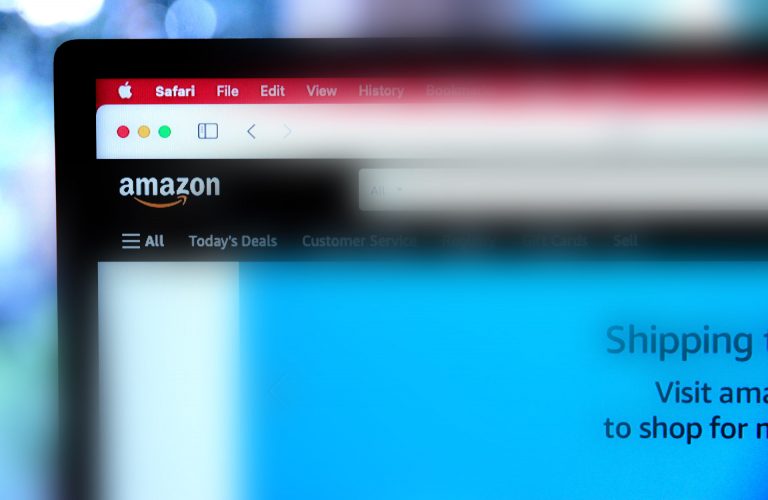The first impression always matters. Your website is an essential asset in attracting new customers. Today, the market landscape is changing, proving to be competitive. Your website is a powerful tool to curb this challenge in being an everyday online marketer. The more you add quality to your website, the higher the chances of getting an impressive marketing tool out of it.
Many business owners have a perception that having a website is final. They forget to grasp customers with a good user experience. Citing from an Oxford web design, a good user experience means your website is more functional, easy to use, and highly responsive. Without the characteristics, your website will lack new visitors.
However, technological trends keep changing rapidly, and your website might look outdated. The ideal option could be redesigning your website, but it might cost you a lot of money that you can reinvest somewhere else instead.
To avoid running your pocket dry, here are five ways to transform your website’s user experience.
Increase Your Website Speed
Minimizing downtime is an important feature of your website. How long does your webpage take to load its contents? Losing new clients browsing through your website is easy because they wouldn’t want a website that takes an eternity to load.
It also means that customers will give a bad review about your page, which will cost you in ranking. Therefore, how do you improve your website speed to avoid losing potential clients? First, reduce coding that would cause a backlog in the backend, such as Javascript, CSS, and HTML. Secondly, compress page elements to decrease the page size for faster loading.
Additionally, minimize redirects to reduce the extra time wasted to take you where you want. To close on this, unnecessary extras or widgets on the page might not look appealing and bring confusion.
Make It Simple
An easy-to-use website will attract more clients who are skimming your work. Simplifying your site involves having easy navigation buttons that are direct and elaborated well. The search bar should also be accessible to avoid giving the user a hard time looking up something on your page.
Understanding that you are handling people with different levels of IT literacy will be a plus in ensuring maximum usability. A simple website should be more direct about what you are doing and should not contain unnecessary fields.
Frequent Updates
As technological trends evolve, the need to change the contents of your website to fit the current demands also grows. For example, if a customer checks your website and finds dated information, the chances of seeing the website would be below expectations. Ensure the information available is always current and up-to-date.
Moreover, small businesses should take caution because, without a regular update, there are chances of losing customers. After all, clients are looking for new things on the market. To keep them always coming and referring new clients, do a regular update of the latest and attractive information on your website.
Run Test
Website testing ensures the website’s availability while using it on any device. Is your website compatible with handheld devices such as notepads, tablets, smartphones, or is it limited to computers?
Running tests is critical to avoid future issues that would cost you. First, check all the elements if they are working appropriately as per the assigned task. Second, test how the various features have been integrated to work concurrently for better output.
Third, run the website and identify its constraints. Is it slowing down the system? Optimize it to be working without stress on any device to be used. Lastly, get reviews from people you expect to use the website to give you the go-ahead or show you where to improve.
Go Mobile
Across the globe, many people access digital information over their mobile devices and phones. A responsive website should adjust to working appropriately on a mobile device with faster loading times and making it easy to read the contents easily.
Your website outlook on a desktop won’t be the same as on a mobile device. Be ready to comply with having both a desktop version and a mobile version.
Conclusion
A good user experience gives your website higher users traffic because they enjoy using it. Making users your priority to satisfy their demands is vital to attract and keep them coming repeatedly. An interactive website plays to being bait in maintaining your clients. With a better user experience, a marketing website guarantees an excellent return on investment, increased sales, and a higher rank in business.










